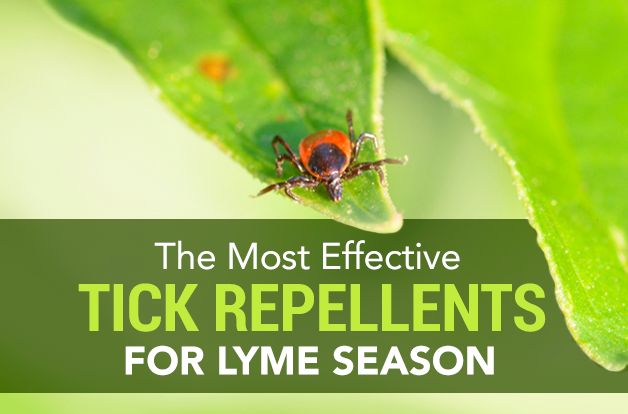Tic Toc it's Time to Talk Ticks
- Chelsea & Alex

- May 18, 2018
- 3 min read
Updated: May 4, 2021
Hey thanks for checking us out! I’m ‘tick-led’ that you’re here!
Time for some tick talk! Ticks thrive from May to August and tend to live in tall grass and wooded areas. Young ticks are sesame seed sized monsters that, like us, tend to grow at a fast rate the more they feed...
The good news is that most ticks in Alberta are not carriers of the Lyme disease. “Borrelia Burgdorferi” – no this is not a Harry Potter spell, but rather the name of the bacteria responsible for Lyme disease. For Lyme to occur, the tick first has to be a carrier of this bacteria and it usually has to be attached to the skin for 18 - 24 hours.
Drop that fact at your next dinner party and you’ll be sure to impress!
Prevention:
- Find someone who 'wants to check you for ticks' (unfortunately Brad Paisley isn’t always available for this job.)
- Change your clothing post hikes
- Wear light colored clothing (it's easier to see ticks) and a hat.
- Tuck your shirt into your pants and tuck your pants into your socks (I promise this is totally in style)
- Wear closed shoes or boots.
- Oh deer… enjoyable as it might be to see deer in your backyard, be aware that they often carry ticks
- Use insect repellent on clothing and uncovered skin

Check out this list for recommended DIY, Natural and Chemical Replellents
Found a tick? … That Bites!
Here’s How to React.
Know the Potential Signs and Symptoms:
Tick bite:
- a red spot or rash near the bite site
- a full body rash may occur but often bites are less than 1-2” in size
- nausea
- weakness
- a fever, feeling chills
- Tick paralysis may occur. This is caused by a toxin the tick injects as it feeds. Symptoms are loss of coordination in the arms and legs, slurred speech and irregular breathing. This is a rare occurance, and symptoms disappear once the tick is removed.
Infected Tick bite (Lyme): * Only 2% of tick bites result in Lyme disease.
- Bullseye circular rash (usually the first sign)
- May take up to a month for symptoms to develop
- Chills, fever
- enlarged lymph nodes
- neck stiffness, a headache, muscle or joint pain/achiness
- sore throat
- vision changes
- fatigue
- muscle aches, headaches, neck stiffness
- arthritis, nerve pain
- disturbances in heart rhythm
- brain disorders involving memory, mood, sleep and mental fogginess
- numbness in the arms, legs, hands, or feet
- swelling of the knee
- facial drooping
Treatment
- Remove the tick with sharp tweezers being careful not to squeeze the insect. Try and grasp the tick as close to skin surface as possible.
- Slowly pull straight up at 90 degree angle – steady hands!
- Do not jerk or twist it as this may cause the head to break off
- Do not try to burn the tick while it is attached to your skin – because that would be silly!
- Save the tick if you can! The lab is able to run tests to see if the tick is a carrier of Borellia. Place it in a bag in the freezer (label ‘do not eat’ to avoid confusion)
- Swab the area with a Q tip to clean. Use rubbing alcohol if available, if not soap and water works too.
- Mark the redness with a sharpie marker to track if the inflammation is spreading
- Apply an ice pack to your bite for 15 - 20 minutes once an hour for the first 6 hours. When you are not using ice, keep a cool, wet cloth on the bite for up to 6 hours.
Seek medical attention if:
- You start having Flu like Symptoms
- A bullseye rash or halo develops
- Skin infection develops or significant spreading of the rash occurs
- Symptoms become more severe
- You develop symptoms of Lyme (as listed above)
Chelsea & Alex
References:
myhealth.ab.ca
albertahealthservices.ca










Comments